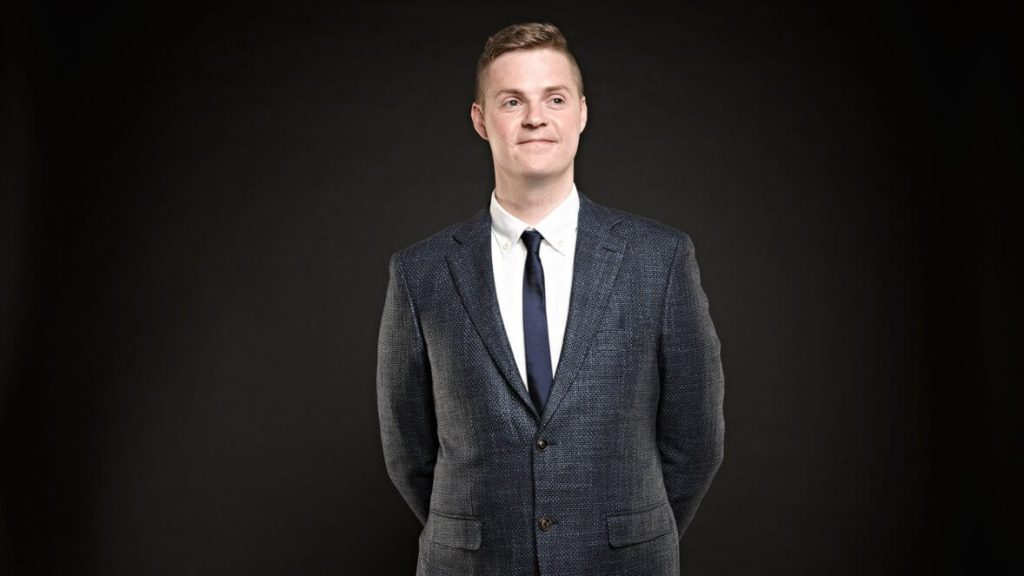
We are super excited to announce that professional funnyman and host of the ABC Tonightly Program has joined StreetSmart as an Ambassador. Read More

We are super excited to announce that professional funnyman and host of the ABC Tonightly Program has joined StreetSmart as an Ambassador. Read More
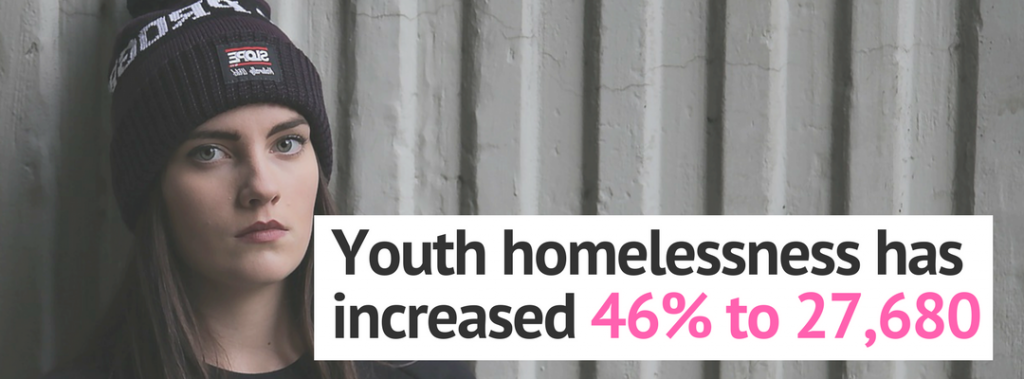
In the 5 years between the 2011 and 2016 Census, youth homelessness (18-24) has increased a staggering 46% to 27,680. In unaffordability hot-spots like NSW, it has increased by 117% and has even increased in states like Tasmania where the overall rate of homelessness is down. The two biggest reasons young people become homeless is due to family violence, or existing state care. Read More

In the 5 years between the 2011 and 2016 Census, youth homelessness (18-24) has increased a staggering 46% to 27,680. In unaffordability hot-spots like NSW it has increased by 117%, and has even increased in states like Tasmania where the overall rate of homelessness is down. Each of those numbers represents a young life negotiating the transition to adulthood without a safe place to call home.
The reality is that we are failing our young people – sky-high rents, a casualised labour force, deregulated and underfunded higher education are just some of what waits for young people entering adulthood today.
If you’re not yet convinced that we have legislated away the potential for independence – let’s look at the general population for more insight. Read More
The 2016 Census numbers on homelessness have been out for a week, and you’ve probably seen the news articles swirling around the web.
If you are not a policy boffin, or working in the homelessness sector you can be forgiven for not really knowing what it all means. We have thrown together a helpful explainer, so you don’t have to do the hard work breaking it all down.

There is no one-size fits all approach to indigenous housing. The needs of remote communities are not that same as those in urban areas. What is common across the board is the impact of bad government intervention.
Aboriginal and Torres Strait Islanders make up 23% of homeless persons, but represent 3% of the population. The vast majority of Indigenous homelessness is due to severe overcrowding (which is considered as a form of homelessness).
At StreetSmart, we work to mobilise resources for critically underfunded homelessness initiatives. Our partners in the Indigenous sector tell us they have fight tooth and nail to get the government to invest in their work. The money is there – with investments like the Remote Housing Partnership worth $5.4 billion. But it doesn’t ‘trickle down.’ Read More
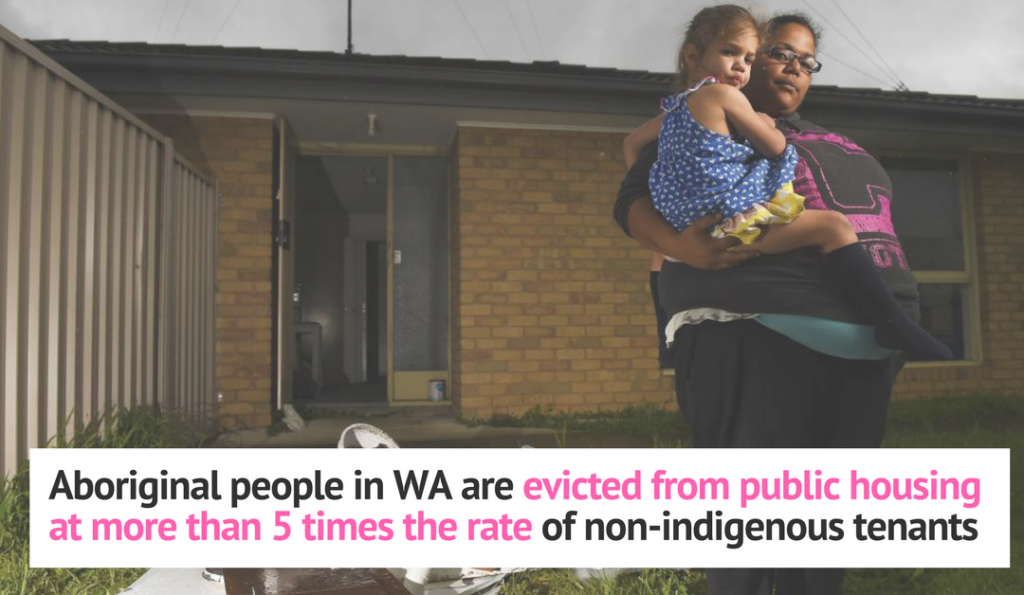 In 2011 the WA government implemented a ‘big stick’ approach to public housing evictions. Because Indigenous people are more likely to require public housing, and more likely to have complex issues – the practice has meant more Indigenous evictions. The First Nations Project have proven that the big-stick is unwarranted. By providing the assistance a family needs, like property maintenance and psycho-social support they need. The Project has prevented 100% of evictions and achieved this result with an army of volunteers and very little funding. When the taxpayer bill for every eviction is $40,000 and comes at enormous cost the family, we have to ask – who is it really helping? Read More
In 2011 the WA government implemented a ‘big stick’ approach to public housing evictions. Because Indigenous people are more likely to require public housing, and more likely to have complex issues – the practice has meant more Indigenous evictions. The First Nations Project have proven that the big-stick is unwarranted. By providing the assistance a family needs, like property maintenance and psycho-social support they need. The Project has prevented 100% of evictions and achieved this result with an army of volunteers and very little funding. When the taxpayer bill for every eviction is $40,000 and comes at enormous cost the family, we have to ask – who is it really helping? Read More
There has been a lot of media surrounding the governments’ annual report on Closing the Gap. The results are sobering, and sadly not surprising given the paternalistic and poorly managed implementation by successive governments. Some Indigenous leaders have called for new targets to be included in Closing the Gap, including housing justice, family violence, and children in care. So what is the situation in Indigenous housing?
There has been a lot of media surrounding the governments’ annual report on Closing the Gap. The results are sobering, and sadly not surprising given the paternalistic and poorly managed implementation by successive governments. Some Indigenous leaders have called for new targets to be included in Closing the Gap, including housing justice, family violence, and children in care. So what is the situation in Indigenous housing?
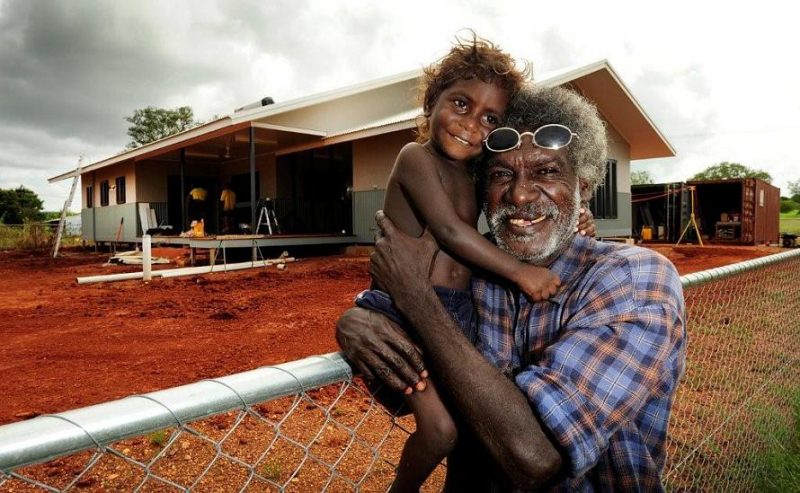
This February will mark 10 years since Kevin Rudd stood on the parliament floor and said ‘sorry’ to the stolen generations. It was a rare moment and the nation seemed poised to genuinely move towards reconciliation.
Sadly, in the 10 years that have passed, not a lot has changed. Read More
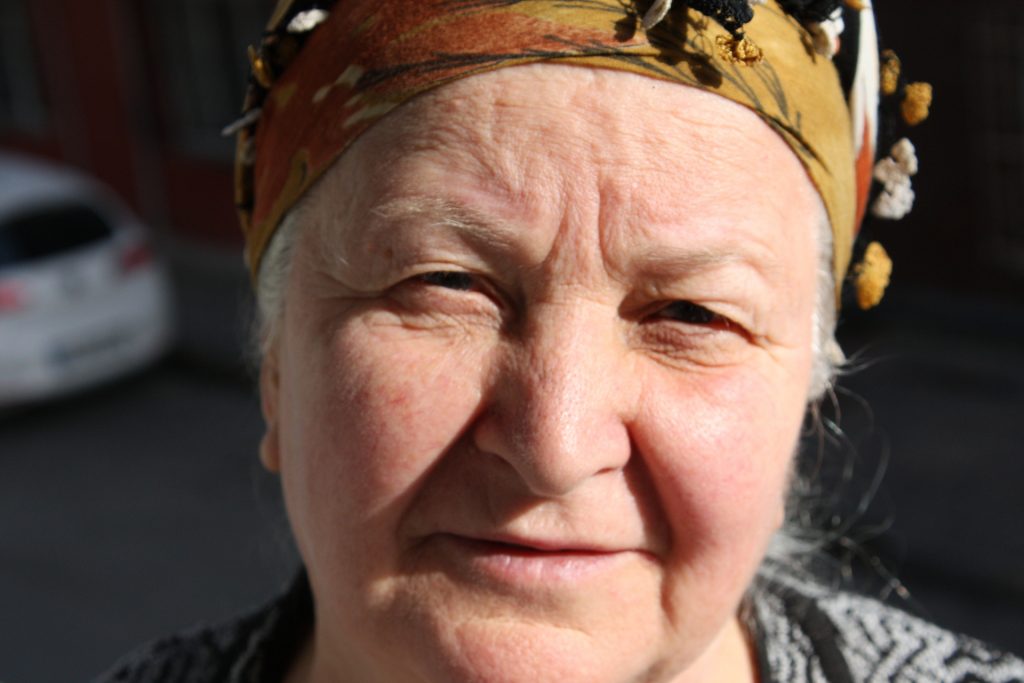
While the stereotypical face of poverty is a older man – a lifetime down on his luck, the fastest growing demographic of people experiencing homelessness is single women over the age of 55.
For 15 years StreetSmart has been funding smaller grassroots organisations on the front line of community services. In recent years we have supported a number of services that are raising alarm bells about the scale of the issue, and the need for urgent reform. Read More